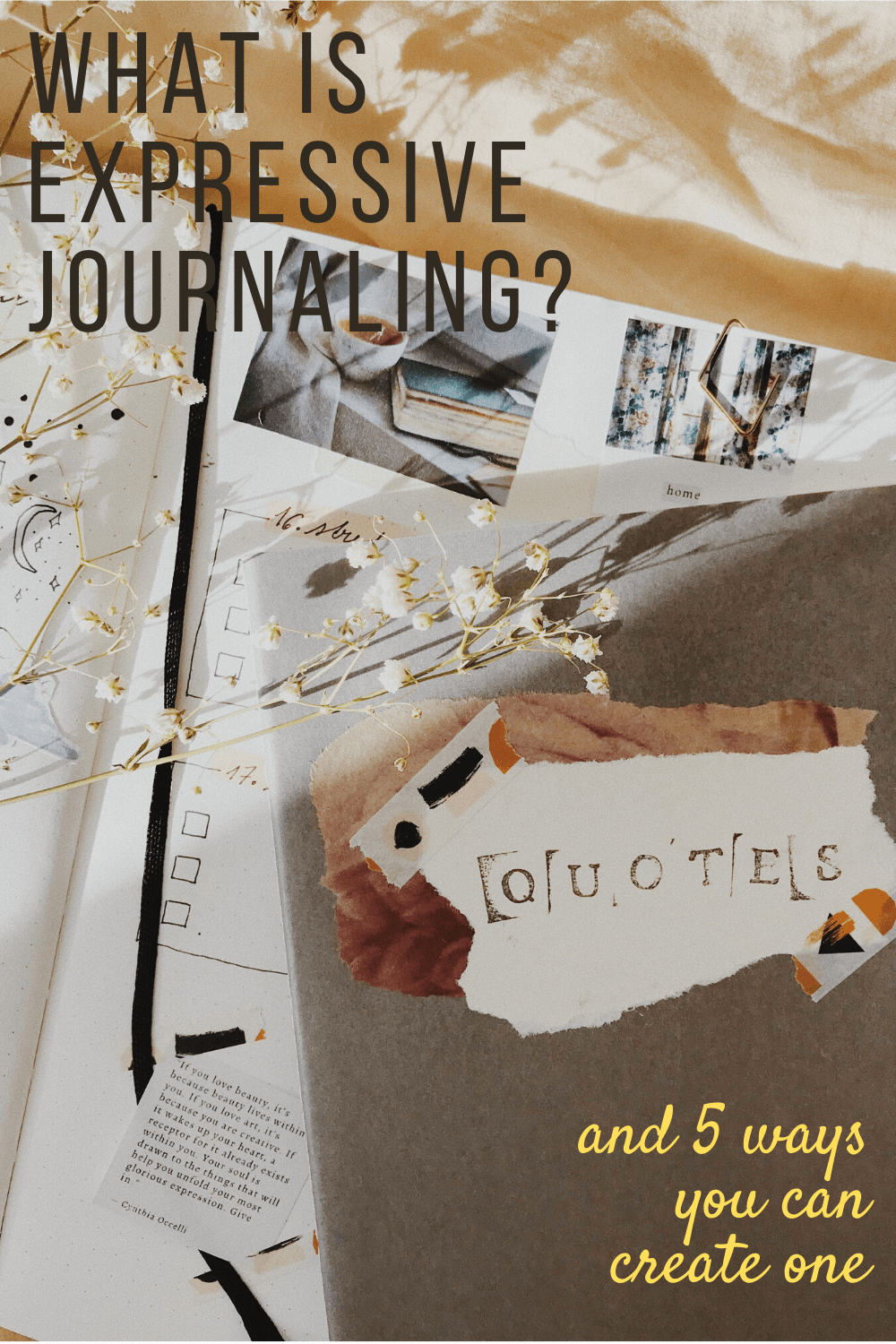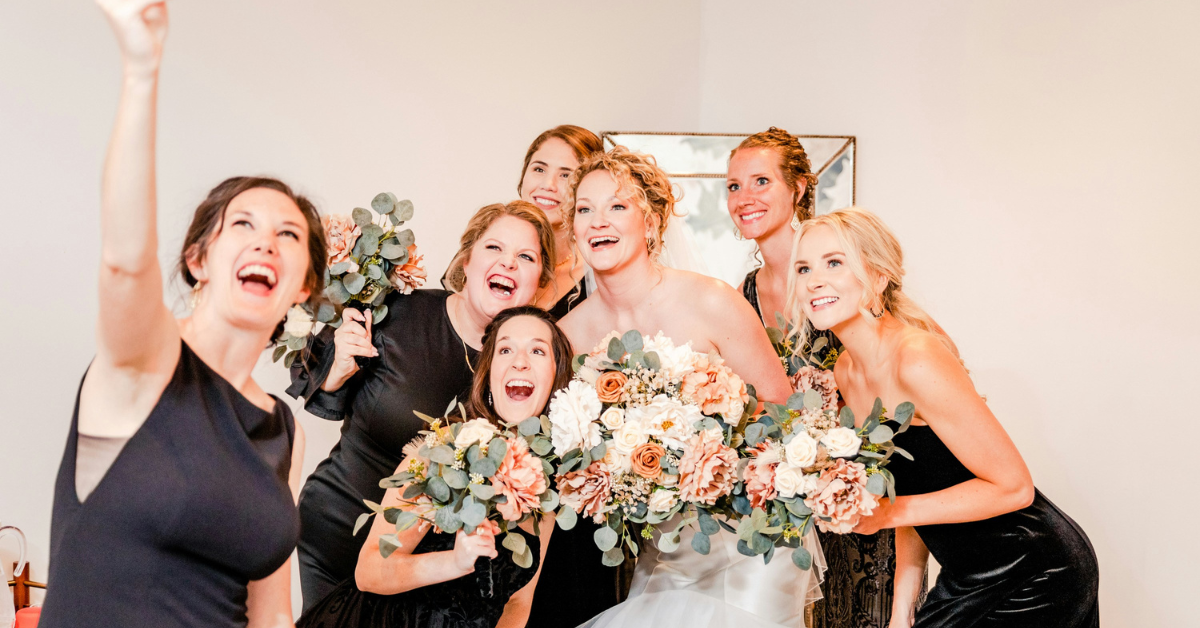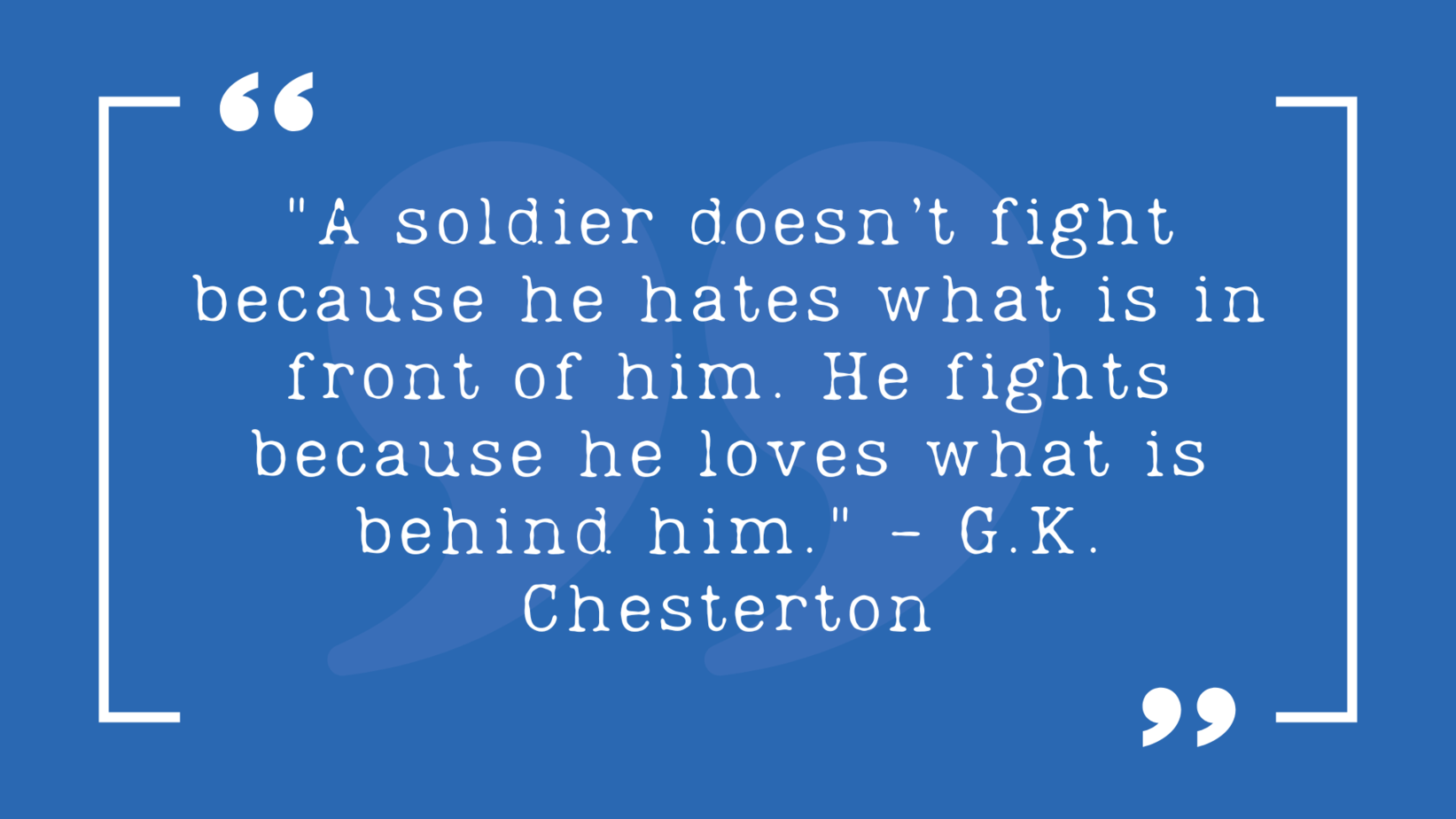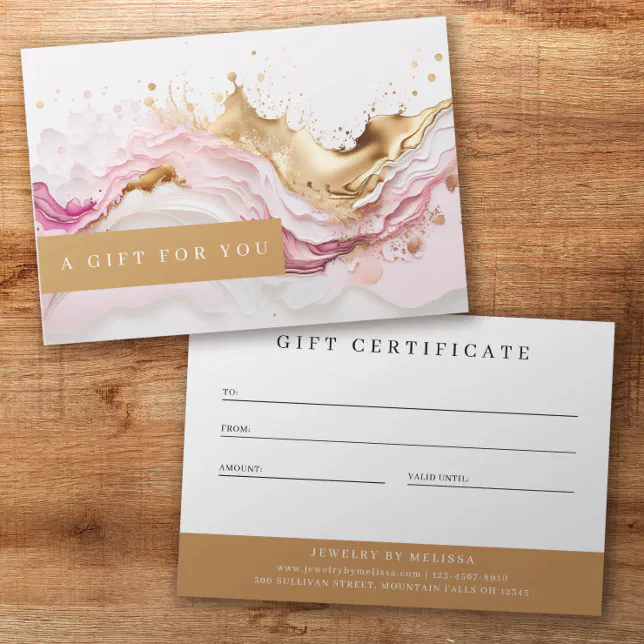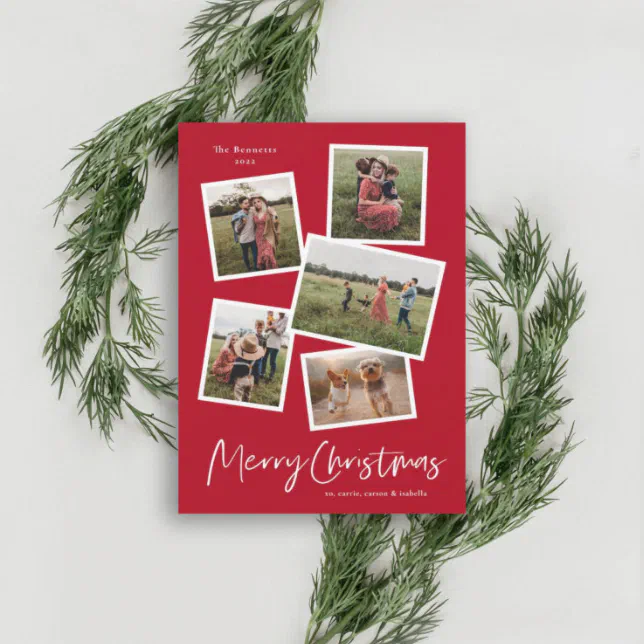The content on this site may include affiliate links. As an Amazon Associate I earn from qualifying purchases. This means that, at zero cost to you, we will earn an affiliate commission if you click on one of the links and buy something.
If you are looking for a way to deal with your feelings and emotions in a safe space then an expressive journal could be just what you need.

Why You Should Use an Expressive Journal
One of the ways that people use a journal is to document their lives as a form of story keeping. An expressive journal on the other hand is used to work through your feelings and emotions.
It can be your road to de-stressing and re-energizing your mind.
An expressive journal can help you declutter your brain and your soul, and help you get feelings out on paper where they can be examined and interpreted in a safe space.
Journaling like this can help you live more of your life in the moment, as you deal with the past and future in your journal.
You’ll feel more secure in your daily life without all that hanging around in your brain, and you’ll find yourself enjoying your days with less worry and pressure.
There are lots of different types of expressive journals, and each of them can be used exclusively, or you can mix and match the methods in one notebook as it suits you.
Here are just five ways you can turn a blank notebook into an expressive journal.
Art Journal
You don’t have to consider yourself to be an artist to use an art journal. It is just as useful as a form of expressive journaling even if you just love to doodle or sketch.
What are you feeling?
Turn that into a sketch or a painting or a collage.
It’s up to you whether you let the creation speak for itself or whether you add written journaling.
If you want to explore different mediums and art techniques you can take a look at our art journal prompts.
The art you create will be very personal to you and your emotions, but I love to peek inside other people’s art journals for inspiration and encouragement. You can do the same by searching Art Journal Walk Through on YouTube.
Glue Book
If you don’t feel confident drawing or painting try a glue book or collage book instead as a form of expressive journaling.
Go through magazines or the newspaper and look for images and words that capture how you are feeling and then glue them together to make a collage.
The act of cutting and pasting is very mindful and can be just as therapeutic as the act of journaling itself.
You can watch flip throughs of other people’s glue books, or picture books, on YouTube.
Gratitude Journal
There’s no better way to increase positive feelings in your life than with a gratitude journal.
Each day, reflect on your experiences, what you’re thankful for, and lessons that you want to remember for the future.
And then why not take it a step further and let the people you’re thankful for know about it!
It’s up to you whether you want to journal about your gratitude in a blank journal or whether you’d prefer one with prompts.
You could even try a five year gratitude journal like this one so that as the years go by you can see what you were grateful for on that day in previous years.
Dream Journal
Each morning, grab your dream journal and write down your dreams from the night before.
Leave room after each dream, in case you come back with different insights later on, and you want to record them.
Your dreams can tell you a lot about your waking life when they’re interpreted correctly!
Creative Writing Journal
If stories are your thing, try a creative writing journal.
Write a short story every day, or challenge yourself to write a short story in just 100, 200, or 300 words.
The stories could be based on events that you have experienced yourself or completely imagined.
Quotes or Poetry Journal
Another way to keep an expressive journal is to write down words that speak to your soul.
These could be quotes or passages from books, poems or song lyrics.
You can simply write them down and let the words speak for themselves.
Or you could pick up a different coloured pen and make notes about why these words are important to you at this moment in your life.
Don’t overthink your journaling – just get started see where an expressive journal can take you!
